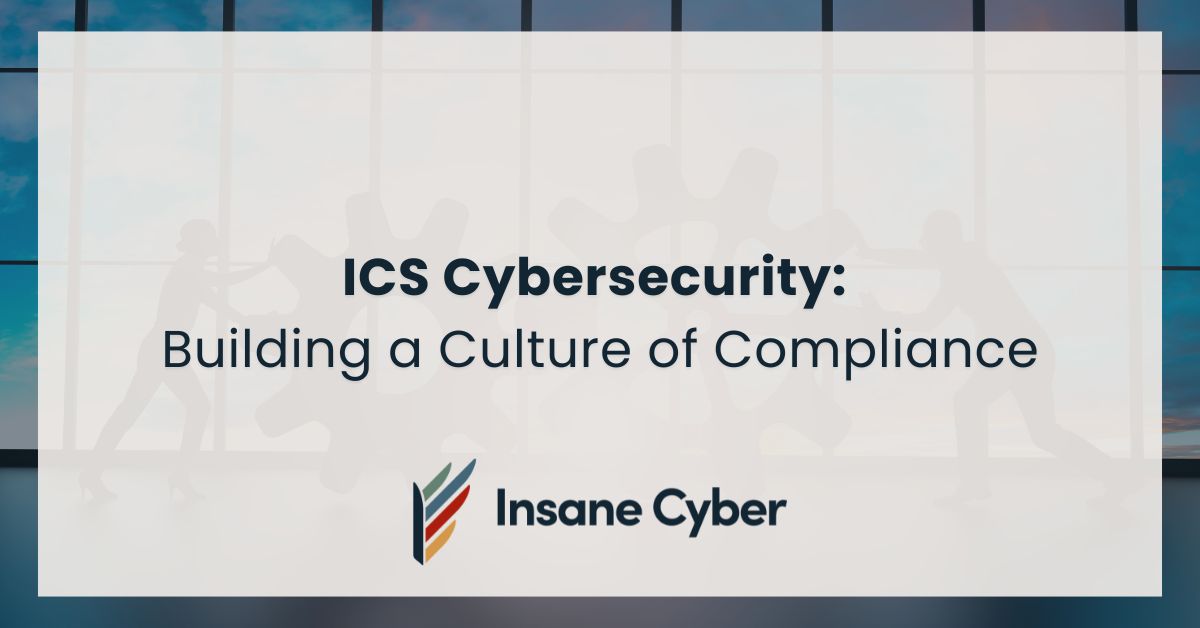Fostering a Compliance-First Mindset in ICS Cybersecurity
Introduction: The Critical Role of Compliance in Industrial Control Systems
Industrial Control Systems (ICS) are central to sectors such as energy, manufacturing, and transportation. As these systems manage vital operations, the cybersecurity risks they face continue to escalate. A major part of mitigating these risks involves more than just meeting regulations—it’s about creating a workplace culture where compliance is part of the everyday rhythm.
Why Compliance Culture Matters
Compliance should not be treated as a box-checking exercise. When organizations embed cybersecurity into their core values and operational routines, they are better positioned to handle threats, bridge gaps between IT and OT teams, and maintain trust among stakeholders.
Challenges That Undermine ICS Cybersecurity Compliance
Several barriers make it difficult to instill a compliance-driven culture in environments governed by ICS:
Outdated Infrastructure
Many ICS environments still operate on systems designed decades ago, before cybersecurity was a concern. These legacy tools lack modern protections, complicating security upgrades.Operational Complexity
Because OT networks are often custom-built and deeply integrated with industrial machinery, applying standard security updates can trigger operational interruptions or safety risks.Insufficient Training
Staff who work closely with operational technologies may lack familiarity with cybersecurity protocols. Without proper training, even well-meaning employees can unknowingly introduce vulnerabilities.Shifting Regulatory Requirements
Cybersecurity regulations such as NERC CIP, IEC 62443, and NIST SP 800-82 evolve frequently. For global or multi-site organizations, staying current across all standards is a persistent challenge.
Steps to Build a Security-Conscious, Compliant Workforce
To develop a culture that prioritizes cybersecurity and compliance, companies need a multi-pronged approach:
Ongoing Education Programs
Offer regular training sessions that are tailored to each team’s responsibilities. Focus on real-world examples to make lessons practical and relevant.Strengthen Collaboration Between IT and OT
Security cannot be the domain of just one department. Encourage joint planning sessions, create shared response procedures, and promote regular communication across teams.Establish Practical and Clear Protocols
Policies should be simple to understand and easy to follow. Cover essential areas like user access, incident response, and system maintenance with documentation that’s accessible to all employees.Make Security a Routine Part of Operations
Security measures should be built into operational workflows—from daily tasks to long-term upgrades. Integrating these processes helps normalize good habits.Use Smart Tools to Monitor Compliance
Deploy tools that provide real-time insight into compliance status. Early detection of vulnerabilities or misconfigurations can prevent larger disruptions.Encourage Transparency and Reporting
Promote a culture where staff are empowered to report potential security issues without fear. A non-punitive approach encourages vigilance and faster response.Regular Reviews and External Evaluations
Internal audits are valuable, but third-party assessments can offer an unbiased perspective. Use both to refine practices and close compliance gaps.
The Long-Term Payoff of Prioritizing Compliance
Companies that cultivate a compliance-first culture gain more than just regulatory peace of mind:
Improved Resilience – Being proactive allows teams to respond swiftly to cyber incidents.
Lower Risk of Downtime – Integrated security processes reduce the chances of costly disruptions.
Stronger Trust – Customers and partners are more likely to work with organizations that demonstrate accountability and control.
Market Differentiation – In today’s environment, strong cybersecurity practices are a business asset that can set you apart.
Final Thoughts
Safeguarding ICS environments isn’t just a technical task—it’s a strategic priority that requires people, process, and technology to align. A culture built on cybersecurity awareness and regulatory responsibility is one of the best defenses against the evolving threat landscape.
Now is the time to rethink how your organization views compliance—not as a burden, but as a strength. Prioritize education, teamwork, and continuous improvement to ensure long-term security and success.





